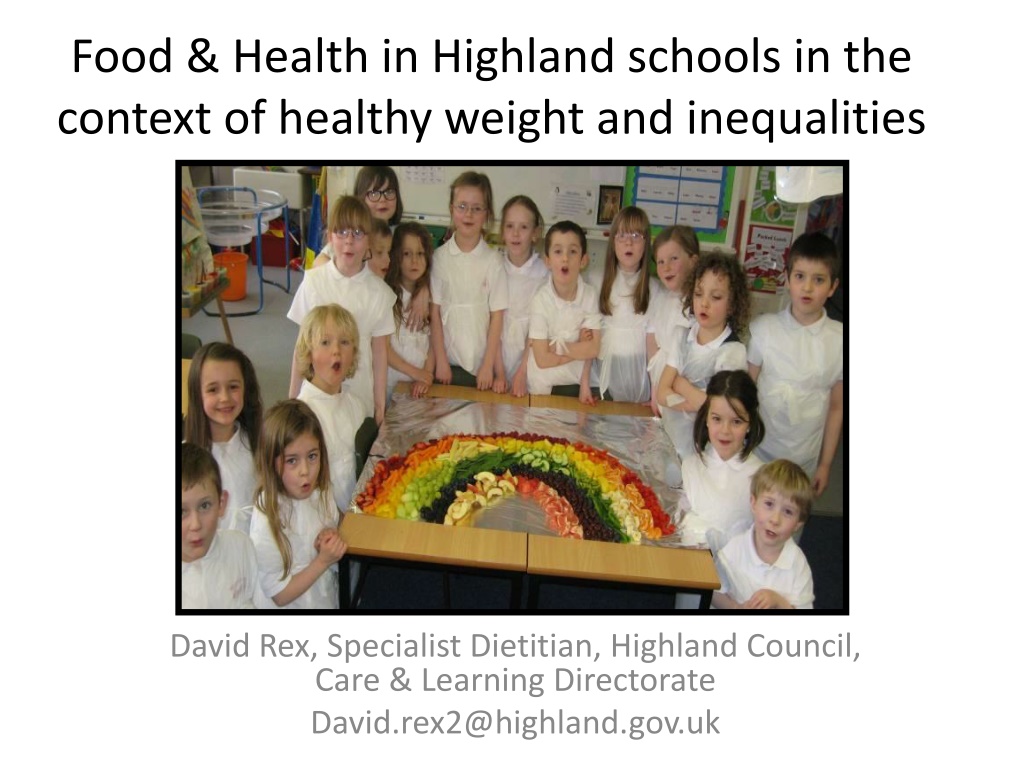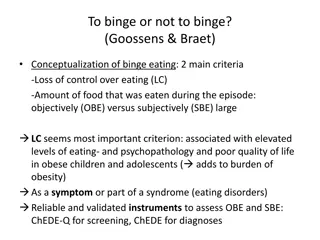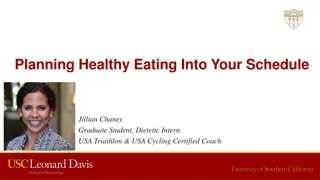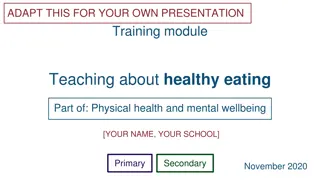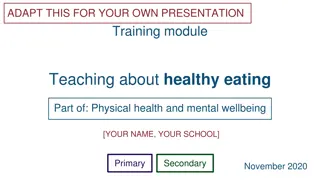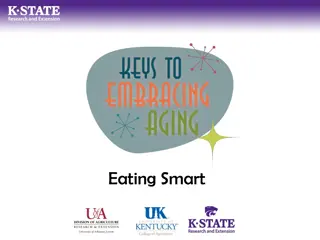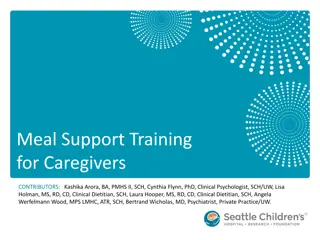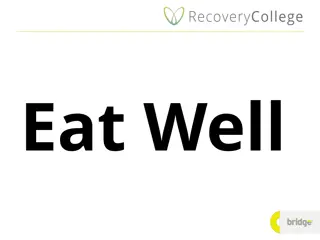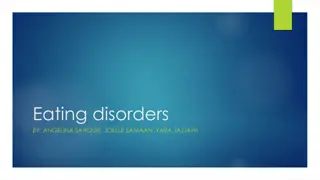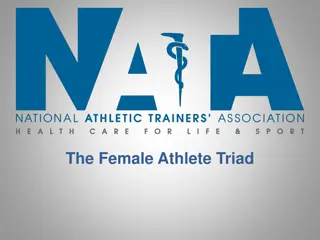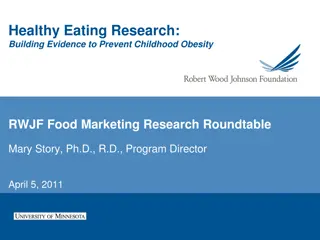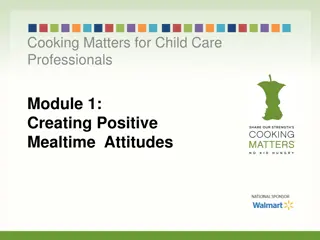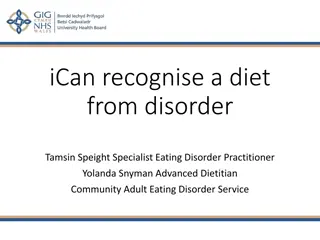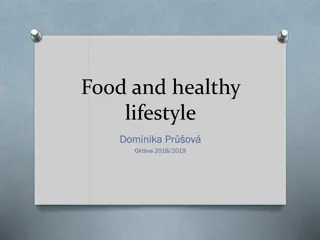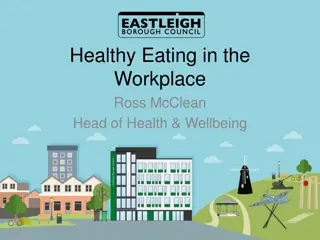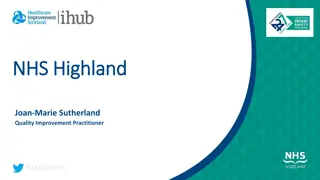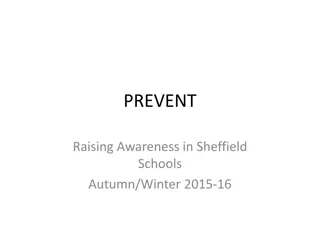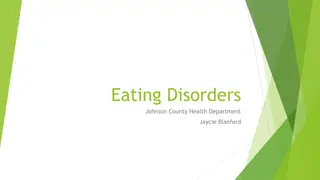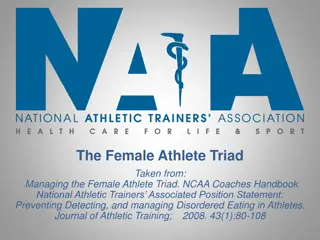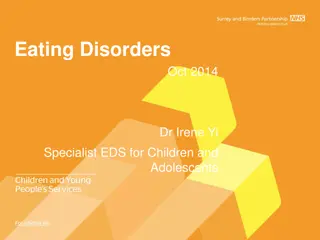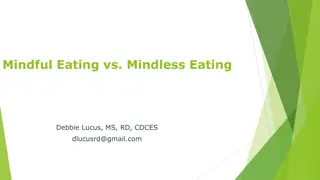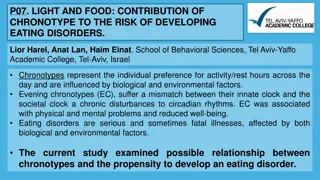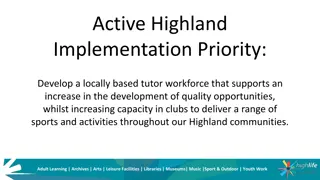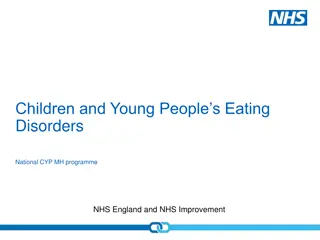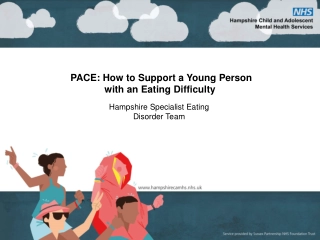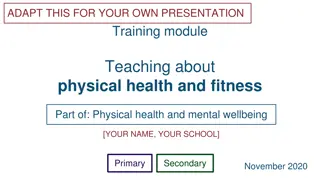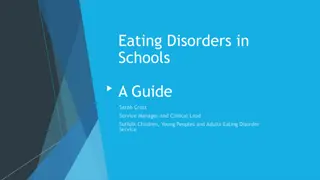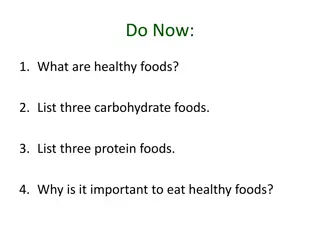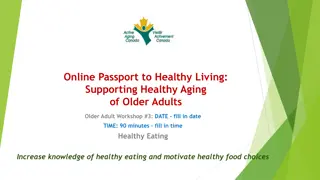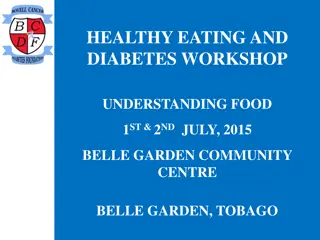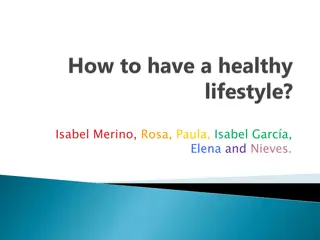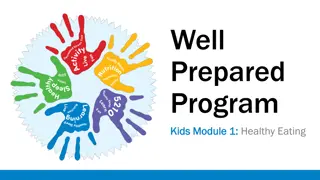Supporting Healthy Eating in Highland Schools: Challenges and Initiatives
Exploring food and health initiatives in Highland schools focusing on healthy weight and inequalities. Insights include indicators of dietary adequacy, high BMI and diet awareness in classrooms, and addressing inequalities in school food. The content highlights programs like Smart Start, High 5, and Food & Mood to promote positive eating habits. Challenges such as impact of street food culture, stigma towards heavier children, and variable policies in schools are discussed. The High 5 program offers 30 lesson plans to enhance education and well-being in students.
Download Presentation

Please find below an Image/Link to download the presentation.
The content on the website is provided AS IS for your information and personal use only. It may not be sold, licensed, or shared on other websites without obtaining consent from the author. Download presentation by click this link. If you encounter any issues during the download, it is possible that the publisher has removed the file from their server.
E N D
Presentation Transcript
Food & Health in Highland schools in the context of healthy weight and inequalities David Rex, Specialist Dietitian, Highland Council, Care & Learning Directorate David.rex2@highland.gov.uk
Food & Health initiatives in Highland Council, Care & Learning Directorate Bumps to Bairns Food & Health Pages (www.bumps2bairns.com/food-and-health/) Smart Start programme for nurseries Food & Health in Schools group to oversee BEBL Childsmile High 5 programme for primary schools (www.highfive.scot.nhs.uk) Food & mood programme for High schools (including teachers)
Indicators of dietary adequacy from the Highland Lifestyle survey 40% of S4 pupils reported not having breakfast on most days Mean F&V intake self reported by P7, S2 & S4 is stable at 3 a day 50% of S2 pupils reported having no lunch the previous school day Approx 50% of S2 & S4 pupils had a street lunch the previous day 50% rise in pupils reporting 5 or more F&V a day in last 6 years 50% rise in P7 pupils reporting 0 to 1 F&V portions a day in last 4 years
High BMI & diet awareness in the classroom It already exists Heavier children often stigmatised for being different Heavier children are more likely to be from poorer families Children of average weight, don t see the need to change what they eat Must not lose positive messages like frequent, varied and enjoyable eating
Inequalities in school food & health Impact of street food culture on pupils with FSM entitlement? Risk of judging the diets of poorer families Cheapest street lunches are often the least healthy Risk of adding to stigma experienced by heavier children Risk of not addressing poorest diet among average weight children Variable policy in schools for charging for home economics Need to know more about pupils not eating breakfast or lunch
High 5 programme 30 lesson plans o choose from Links learning in classroom, canteen and school grounds Positive education about food as nourishment rather than threat Teachers encouraged to be mindful of inequalities Specific lessons to promote positive self-esteem and body confidence Develops critical thinking skills contributing to resilience
Principles of High 5 Food is good for you! Healthier choices at any weight Avoid good and bad foods Respect differences (money, culture, medical need etc) Acknowledge barriers to food and physical activity Discretionary foods are not treats ( Sometimes foods ) Avoid food snobbery Involve your cook
Eatwell Plate in the context of personal choice and external influences
Rising Stars A meal evaluation tool for older primary pupils
